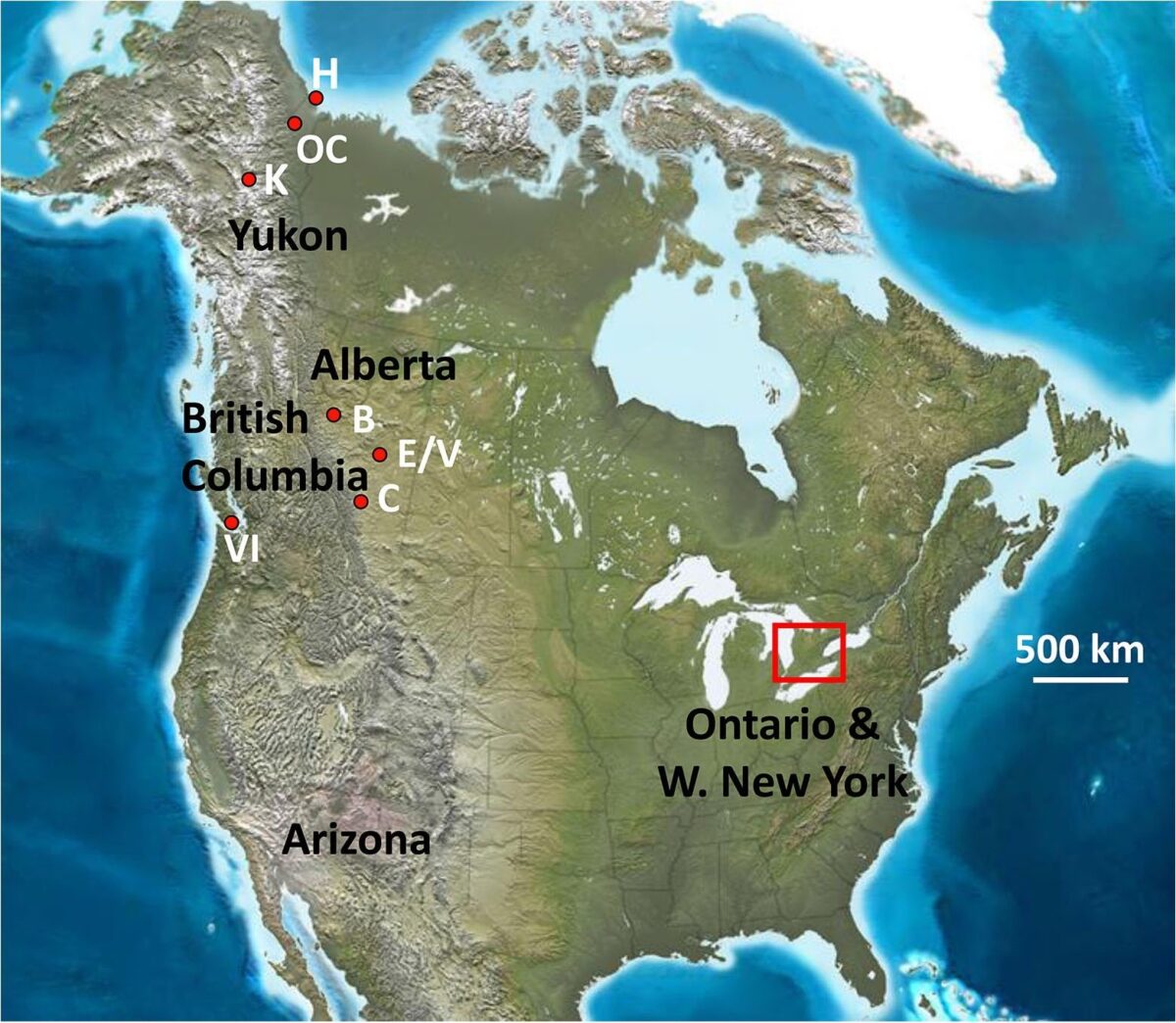
by Jessica Z Metcalfe, Fred Longstaffe, Christopher N/ Jass, Grant D. Zazula and Grant Keddie. ABSTRACT: We investigated the application of stable isotope analysis of proboscidean remains (collagen in bone/ dentin/cementum and structural carbonate in enamel bioapatite) for genus-level identification of isolated specimens, assessment of geographical origins, and testing for nutritional stress. Mammoths (Mammuthus sp.) tended to have higher d15Ncol and lower d13Ccol than mastodons (Mammut americanum), but differences were not significant in every location. Determining the genus of isolated specimens may be possible for locations and time periods with good isotopic baselines, but environmental changes can confound interpretations. For example, an Alberta proboscidean with a d15Ncol of +1.4%o (characteristic of mastodons) ultimately proved to be a mammoth. Its surprisingly … Continue reading “Taxonomy, location of origin and health status of proboscideans from Western Canada investigated using stable isotope analysis”

